The Desktop Kabini Review Part 1: AMD Athlon 5350 (AM1) Tested
by Ian Cutress on April 9, 2014 8:00 AM ESTIGP Gaming
Bioshock Infinite
Bioshock Infinite was Zero Punctuation’s Game of the Year for 2013, uses the Unreal Engine 3, and is designed to scale with both cores and graphical prowess. We test the benchmark using the Adrenaline benchmark tool and the Xtreme (1920x1080, Maximum) performance setting, noting down the average frame rates and the minimum frame rates.


Tomb Raider
The next benchmark in our test is Tomb Raider. Tomb Raider is an AMD optimized game, lauded for its use of TressFX creating dynamic hair to increase the immersion in game. Tomb Raider uses a modified version of the Crystal Engine, and enjoys raw horsepower. We test the benchmark using the Adrenaline benchmark tool and the Perfomance, Quality and Xtreme performance settings, noting down the average frame rates and the minimum frame rates.
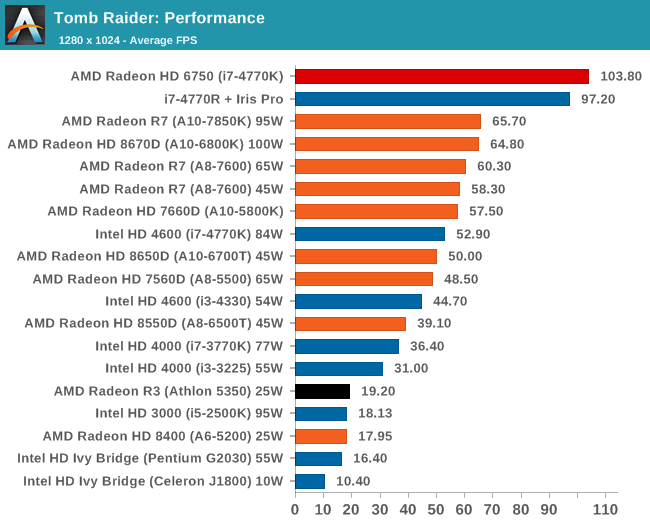
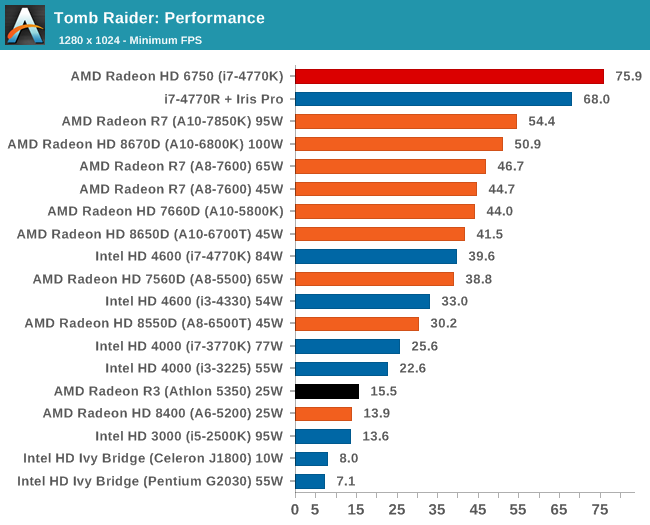
Sleeping Dogs
Sleeping Dogs has a highly complex benchmark that can bring the toughest setup and high resolutions down into single figures. Having an extreme SSAO setting can do that, but at the right settings Sleeping Dogs is highly playable and enjoyable. We run the basic benchmark program laid out in the Adrenaline benchmark tool, and the Xtreme (1920x1080, Maximum) performance setting, noting down the average frame rates and the minimum frame rates.
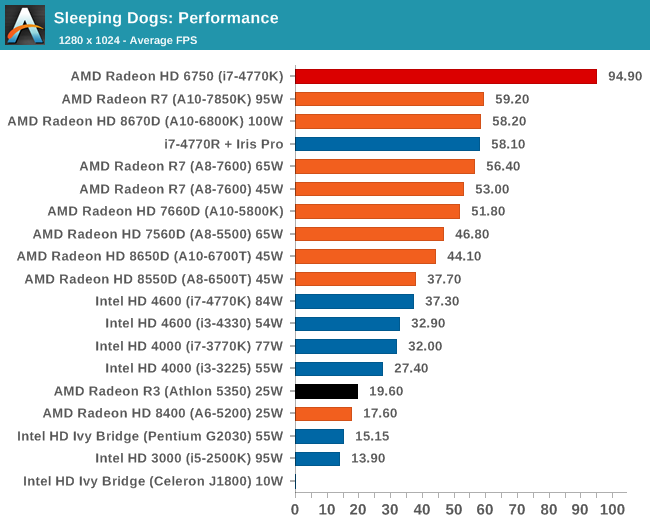



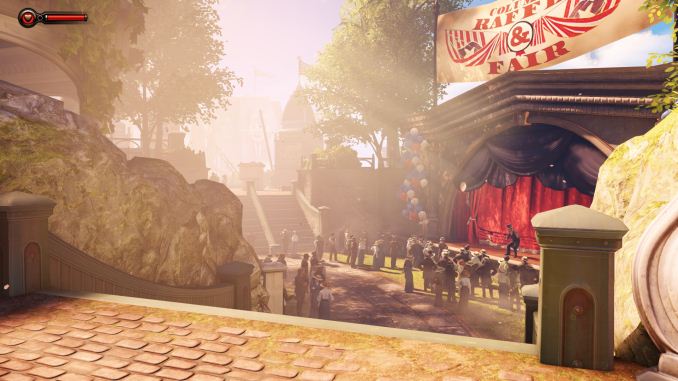
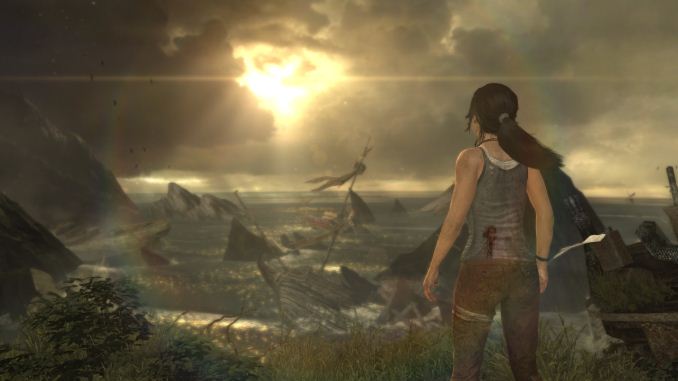









126 Comments
View All Comments
Medallish - Wednesday, April 9, 2014 - link
Indeed, I loved building one, but it's kind of hard to advertise it being insanely cheap, and advertising upgradeability, you are more likely to simply purchase something new entirely when upgrading, if they are able to upgrade AM1 CPU's greatly, like lets say the next Mullins or Beema fits in effortlessly and introduces new stuff like Dual Channel DP 12a, or HDMI 2.0, and it worked on older boards, then I would say AMD had a nice idea, but the question really comes down to, at this price point do people even care about upgradeability?mikato - Friday, April 11, 2014 - link
The good thing is that if/when you do upgrade and get a Beema, you're upgrading both the graphics and the CPU, hopefully both significantly.mrdude - Wednesday, April 9, 2014 - link
I'm actually fond of AMD's APUs and their direction with respect to heterogenous computing (I think it'll succeed even if AMD goes out of business, personally), but I agree with you.Providing a socketed platform is great, but without a clear direction and upgrade path it's all for naught -- and I mean AMD needs to state that Beema will be available on X date and features Y improvements. Nobody with more than a few brain cells buys into a platform that offers nothing outside of 'wait and see.'
AMD also needs to come to grips with the fact that on-die GPUs aren't going to taken seriously until they can provide playable framerates at 1080p without substantially increasing platform cost. Kaveri does the first part very well, but the memory scaling and memory cost issue really hamstring the platform. Pushing for beefier graphics makes sense in the tablet space where Mullins is supposed to make headway, but on the laptop/desktop side it's next-to-worthless unless it can play modern titles at 720p or 1080p at medium settings.
And Kabini desperately needs an aggressive turbo core and dual-channel memory. Kanter's article shows a very potent little microarchitecture, but those two points are really holding it back.
I think Jaguar is a better microarchitecture than Steamroller, but it seems clear to me that AMD isn't giving it the sort of attention that I feel it deserves.
JDG1980 - Wednesday, April 9, 2014 - link
Backtracking on GDDR5 for Kaveri was a big mistake. Without the added memory bandwidth, the iGPU is bottlenecked, and the result is that Kaveri barely offers any improvement over Richland at all.Musafir_86 - Wednesday, April 9, 2014 - link
-It's Mantle time!-On a serious note, please test any GCN 1.1 card (Bonaire & Hawaii), and also GCN 1.0 card with BF4 & Thief in Mantle mode, pretty please! Don't let that ×16 slot go to waste!
Regards.
otherwise - Wednesday, April 9, 2014 - link
Looking at those CPU benchmarks, I would argue if you're even considering using an external GPU with this system you should be looking elsewhere. It's not really cheaper than a low end celeron system; and even atom is beating it in CPU power.Flunk - Wednesday, April 9, 2014 - link
I don't think he wants to see how it performs because he's thinking of building a rig like that. It would however be a good way to see how the reduced CPU overhead of Mantle affects GPU performance.Medallish - Wednesday, April 9, 2014 - link
Honestly it would be kind of fun/interesting to see if Mantle will have an impact at such a low-end system, I mean likely the CPU will be bottlenecked simply using a 260x.munim - Wednesday, April 9, 2014 - link
How does it work for everyday use? Web browsing, 1080p youtube, things of that nature?JDG1980 - Wednesday, April 9, 2014 - link
They don't bother testing that since any modern system will do it just fine.There were a couple of JavaScript benchmarks (SunSpider and WebXprt) at the bottom of the 'CPU Productivity' page.